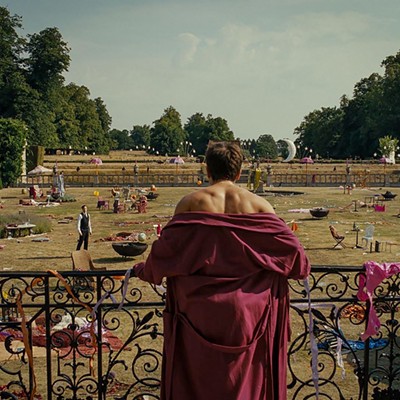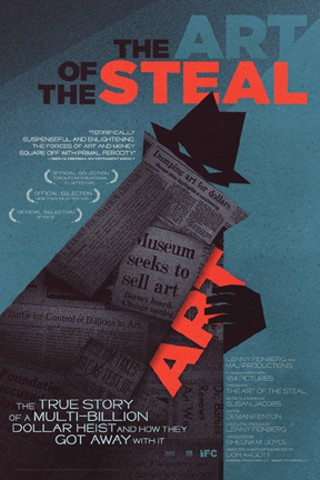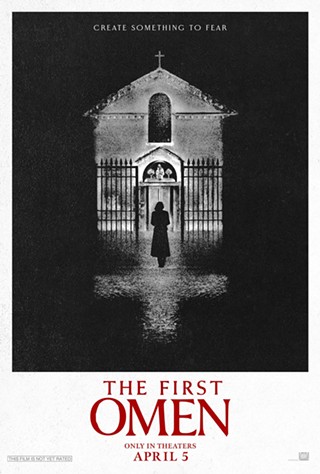The Art of the Steal makes a damn good argument for having kids if you've amassed a fabulous art collection during your time upon this Earth.
The documentary focuses on the fight over the Barnes Foundation, an arboretum and educational facility in a Philadelphia suburb that houses one of the world's most incredible art collections. There have been many efforts to move this collection to a more modern, publicly accessible facility since the foundation's founder, Albert C. Barnes, passed away in 1951.
The film is obviously sympathetic to the people who want the art to stay where it currently resides, as it portrays those who want the art moved as money-mongering, insensitive devils. However, there's no real way to deny some arguments for moving the collection: Isn't it better for the art to be in a modern facility for preservation purposes, rather than an older, quaint building?
Barnes made a lot of money selling pharmaceuticals in the early 20th century. He took some of that money and collected art, mainly paintings. Works by Renoir, Matisse, Picasso, Van Gogh and Monet all have a prominent place in his collection. The collection was mocked at first by art critics and museums, but eventually became one of the most respected and coveted collections in the world, worth billions of dollars.
Director Don Argott shows that Barnes harbored major resentment toward those who use art for monetary gain, particularly the Philadelphia Museum of Art. He felt the study of art should be an educational experience rather than a moneymaking experience, and he went to great lengths to make sure the state and presentation of his collection would remain intact after he was gone. He declared in his will that his art could never be moved, taken on tour or sold.
However, today, the Barnes Foundation facility is falling apart, posing a danger to the paintings. Because Barnes had no heirs, the control of his collection has switched through the years from people concerned about preserving his intentions to people who want the paintings in a modern, downtown museum where they can generate more revenue.
The film never really addresses the question that kept popping into my head: What's better for the preservation of the art? Yes, Barnes had a lovely notion about how art should be displayed, and how art shouldn't be used for profit—but buildings do break down. In order to preserve and renovate the Barnes Foundation, revenue is needed, and its suburb location is detrimental to generating funds.
The film shows how the facility's location prohibits its ability to become a commercially successful museum. We see interviews with neighbors of the Barnes Foundation, who bitterly complain about parking nightmares and museum patrons depositing McDonald's wrappers on their lawns.
Credit goes to Argott for making his documentary both educational and suspenseful. The Barnes Foundation has endured many courtroom dates and bureaucrats who tried to use the collection to further their own careers and self-interests. Argott keeps the foundation's fate a secret to the very end.
In a way, The Art of the Steal is also propaganda, portraying some people who might've had at least partially decent intentions as pure evil. That might be a bit much.
In order to draw my own conclusions about what should happen to the Barnes Foundation, I'd need to ask a few more questions. However, The Art of the Steal is good moviemaking, because days after viewing it, I'm still formulating those questions.











